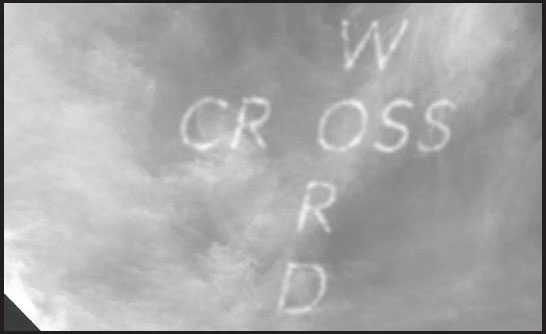
In Nara, Art Smith, The Bird Boy of Fort Wayne, was introduced to aviatrix Katherine Stinson, The Flying School Girl, by General Nagaoka, the imperial impresario who had organized the visits, when their separate demonstration tours of Japan intersected in the soggy city south and west of Tokyo. The citizens of Nara had built a temporary open-sided hangar where the pilots and their aeroplanes took shelter during a steady downpour. Smith returned to Japan with the 1915 model biplane he flew during his first visit. He was very interested in Stinson’s craft, a Sopwith biplane, especially its power plant, the Gnome rotary engine salvaged from the wreckage of Lincoln Beachey’s fatal crash into San Francisco Bay. The motor had been recovered along with the body. Art recalled witnessing the dead spin into the bay during the Panama-Pacific Exposition. Beachey’s monoplane disintegrated, flung hundreds of fractured pieces, flying components, gear, wings all around him. Now here was the very Gnome engine powering Stinson’s Pup. What emotions must that somber tableau of the two grounded American fliers have inspired in the throng of curious Japanese citizens huddling there, the rain rattling the canvas roof of the hangar? They were the two survivors of the club, including Beachey, that had originated the loop-to-loop. Later, when the weather lifted, the show went on. The two agreed to perform together. Smith rigged a floor oil feed though Stinson’s exhaust, allowing her to skywrite with him. They took off together, splashing through the rain-soaked field, startling the scattering herds of the heavenly sika deer of Nara as they gained speed. Their coordinated aerial acrobatic maneuvers mirrored the “dogfighting” taking place worlds away. On the ship passage to the East this time, Art Smith had been distracted by the back issues of the New York World newspaper in the ship’s stateroom and the new puzzle it featured called “Word-Cross,” where clues led the contestant to enter letters into blank squares of a diamond-shaped template. He was frustrated, however, discovering that most of the puzzles had been solved, the letters left in their spaces by the thoughtlessness of previous readers. Katherine Stinson was also familiar with the new puzzle craze and was eager to contribute to the simultaneous composition. The “O” hinge, created as the two circled each other elegantly over and over, confused the gaping crowd gazing up from below. Who was the pursued and who the pursuer?